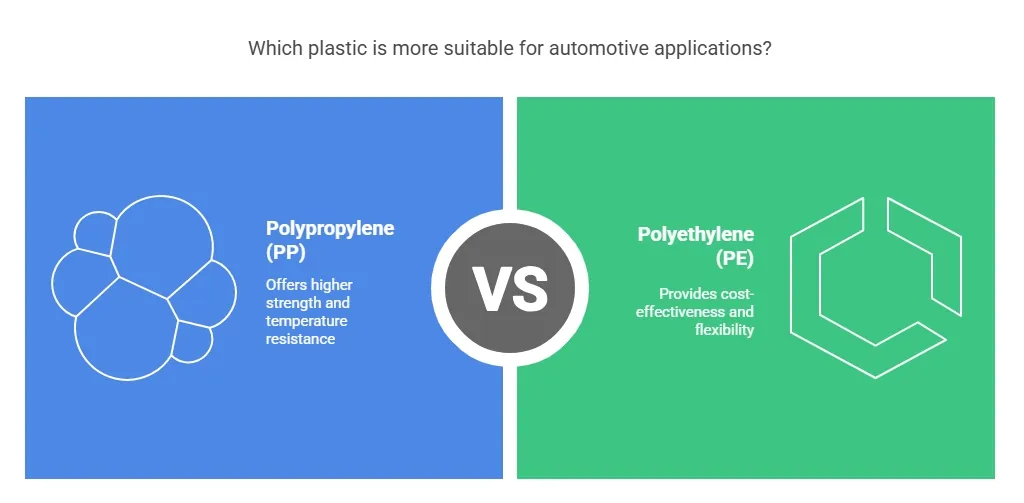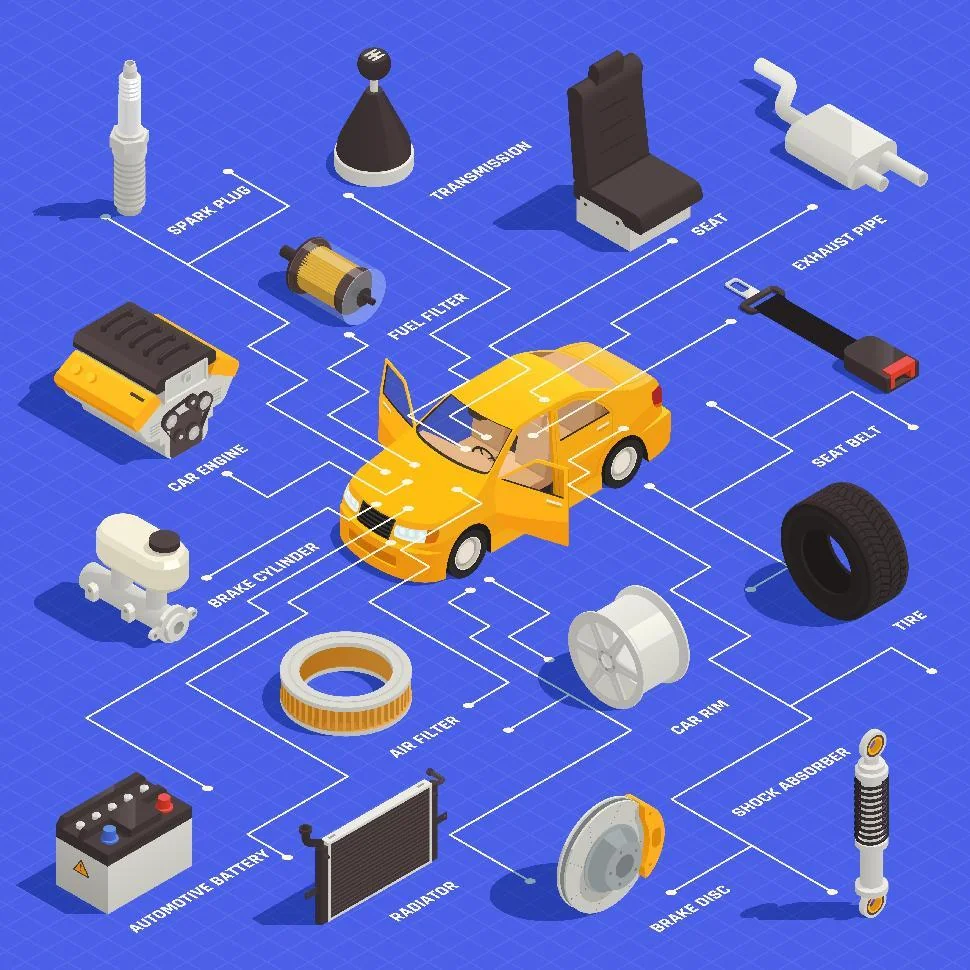Plastic started to become a replacement for metals as early as half the 20th century. Although it would be ideal to offer a reason related to a high standard, the fact is that the science behind this has been pushed by the need of many manufacturers to decrease the cost of production and offer their products at lower prices. This probably sounds like greed, but replacing metal for plastics certainly has worked out for the best in many industries.
It goes without saying that plastic can be quite durable, but it can also be a reliable material to mold and craft anything. The cost of producing plastic is also much lower than creating alloys or processing metals. For a plastic injection molding manufacturer, this means lesser costs and most likely a better product. While metal usually sees hikes in prices in the market every day, most plastics are generated out of oil, and the price on this raw material has been very stable over the last six years. This has given manufacturers a lot of room to experiment with certain combinations.
It’s hard to make the call on the number of industries and devices that use plastic as an alternative. Cars and planes have done it for a while now. A lot of computer components use very little metal these days. This is not a conspiracy to overtake the metal industry. There will always be demand for it, as you can see it on the biggest superstructures created all over the world. Still, most of these builds merge both materials to get the best out of them. There is a reason for this, and we are about to list them here for you. Take a seat and read up:
Table of Contents
Toggle· Plastic Materials Makes Designs Flexible
One of the most significant game changers in the recent history of manufacturing has been the increased speed on the development of rapid prototyping technology. The manufacturing technique works best with plastics and resins in a way that no metal allows. The range of action and malleability alone make it easy to create more complex shapes and repurpose a design faster than it was done when metal casts were the norm. 3D technology has also made it possible to rework anything that needs to be fixed in a design at a moment’s notice, with the final prototype having nearly the same quality and features of the finished product. It’s almost a sacrilege to against a norm that makes everything easier.
· Plastic is a Safer Option
Working with metals carries plenty of risks for the technician or crafter that needs to handle production. Even at the prototype level, something could go wrong. While using metals is certainly unavoidable given that most casts are made of them, we certainly can make any manufacturing work environment safer by working with plastic materials. Not only they are primed to have the same level of functionality, but they can also last even longer than metal versions of it. Doing second-hand work on the finished versions of plastic parts is also considerably easier since there is very little trim to do at rough edges.
· Extended Lifespan
There is a well-known fact about plastic that can be listed as a liability or as something good given the angle of the information. Plastic is really durable. It can last at levels that outlive any form of life on earth at the moment. Any type of polymer can’t be possibly processed naturally even by the roughest conditions on earth, while on the other hand, metals can get rusty in just a few years by the effects of water and humidity alone. Industries like plumbing and aircraft mechanics increased their durability standards after switching from metal parts to plastic ones. The most durable plastic created by man can last 200 years with its main features intact. That’s why it’s so important to handle them properly, especially if we are to dispose of them.
· It’s Recyclable
One of the biggest problems with plastics it’s the amount of damage it can cause to the environment when we don’t dispose of it properly. The issue has been in the public light for years now, and that’s why recycling it’s a big deal now. A professional plastic injection molding manufacturer keeps up with the latest technology to reuse and repurpose everything they can get their hands on. While the costs of reprocessing metals is very high and diminish the quality of the material, plastic has no such qualms. They can be processed and melted over a lot of times, and the cost of doing so is minimal. It can also help companies save a lot of money if they handle the process in house.







